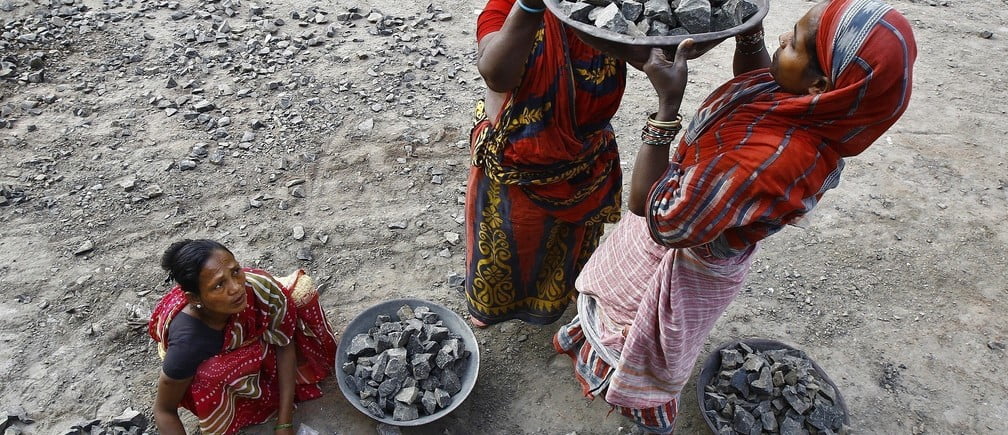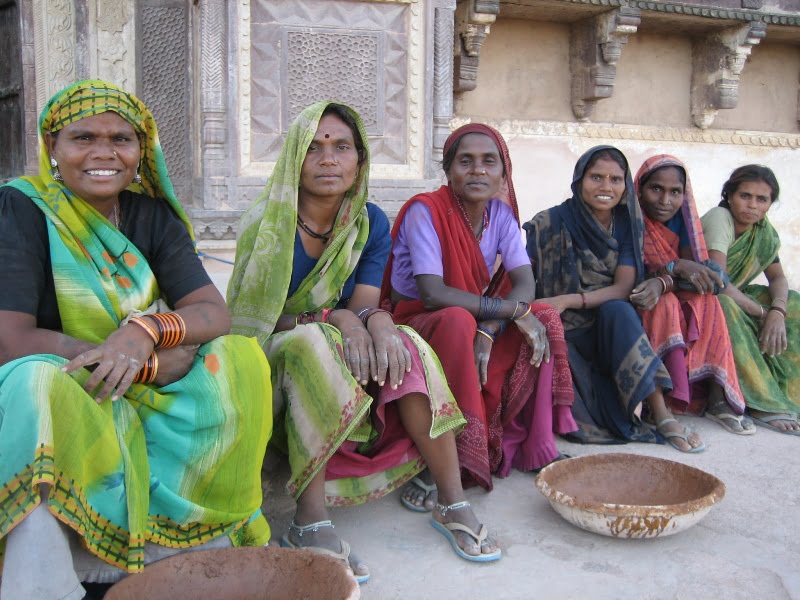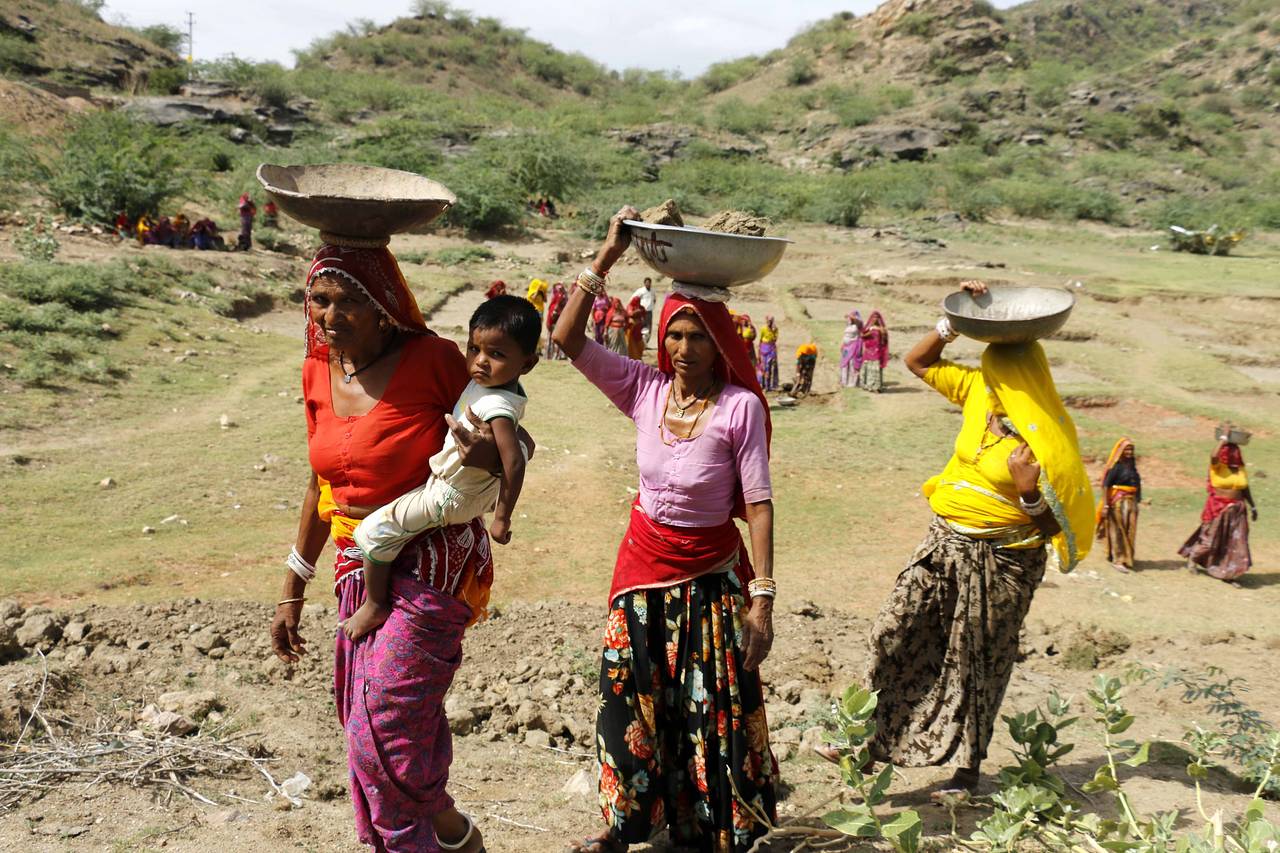The latest Periodic Labour Force Survey data for the January-March 2024 quarter presents a complex picture of women’s economic participation in urban India. While the substantial increase in the female labour force participation rate (LFPR) and worker population ratio (WPR) are encouraging signs, they mask the persistent gender inequalities and occupational segregation that continue to impede women’s true economic empowerment and social inclusion.
Positive trends in the Periodic Labour Force Survey
On the positive side, the substantial jump in the urban female labour force participation rate to 25.6 per cent signals that more women are actively seeking employment opportunities in Q1 2024 from just 22.7 per cent a year ago. This can be attributed to factors like higher educational attainment of women, changing societal attitudes towards working women, and economic compulsions faced by households. The government’s initiatives like Skill India and Stand-Up India, aimed at promoting entrepreneurship and vocational training, have also played a role in making women more employable.

However, the stark contrast with the stagnant urban male LFPR of around 74 per cent points to the entrenched gender disparities in the labour market. Deep-rooted socio-cultural norms, lack of safe public spaces and transport, and the disproportionate burden of unpaid care work on women continue to hinder their economic participation.
While the government has taken steps like the National Creche Scheme to provide childcare facilities, a more comprehensive approach is needed to create an enabling ecosystem for working women. This could include universalisation of maternity benefits, tax incentives for companies providing creche facilities, and investment in safe public transport infrastructure.
The political discourse in India has also increasingly highlighted the importance of women’s economic empowerment. However, the rhetoric needs to be backed by concrete actions and budgetary allocations. Initiatives like the recently launched Mahila Samman Savings Certificate, which incentivises financial independence for women, are steps in the right direction but it is high time that there is strict monitoring of these schemes as well.
The brighter employment prospects likely helped bring down the urban female unemployment rate to 8.5 per cent in Q1 2024 from 9.2 per cent a year earlier yet urban male joblessness, in contrast, inched up to 6.1 per cent from 6 per cent over the same period.
On the employment front, the significant improvement in the worker-population ratio for urban women is a positive development. The worker population ratio (WPR), which measures the percentage of employed persons, saw a sharp rise for females – from 20.6 per cent in Q1 2023 to 23.4 per cent in Q1 2024. This translates into an over 2.8 percentage point increase in the employed share of urban women aged 15 and above within one year.
For urban men, however, the WPR remained largely stagnant at around 69.8 per cent in the latest March quarter compared to 69.1 per cent a year ago. The data openly highlights that job creation may not have kept pace with the growing male workforce in cities but women still are yet to get inducted in the mainstream employment channels.
The brighter employment prospects likely helped bring down the urban female unemployment rate to 8.5 per cent in Q1 2024 from 9.2 per cent a year earlier yet urban male joblessness, in contrast, inched up to 6.1 per cent from 6 per cent over the same period. In terms of the employment mix, self-employment comprising own-account workers and unpaid helpers accounted for around 40 per cent of urban jobs in Q1 2024, with the remaining 60 per cent being a mix of regular salaried workers and casual labourers. The dominance of services as the key provider of urban jobs remained unchanged at over 62 per cent of the workforce.
However, the concern remains that a substantial portion of these jobs may be concentrated in the informal sector, lacking social security benefits and fair wages. The government’s push for the formalisation of the economy through measures like the e-Shram portal could help ensure decent work conditions for women.
Employment does not necessarily translate to women’s empowerment
Even when women’s participation rate in the labour force reflects a steep rise yet on closer scrutiny, the condition is abysmal. Women are still trapped in low-paying hazardous jobs like mining, sanitation and so on.

A 2017 study conducted by Dalberg Advisors on sanitation workers in India revealed that there were approximately 5 million individuals employed in this sector. Out of this total number, around 2.5 million faced high occupational hazards and risks associated with their work. The study found that about 45 per cent of the sanitation workforce was employed in urban areas.
Although fewer in number compared to their rural counterparts, urban sanitation workers were more likely to be involved in riskier tasks such as cleaning sewers and septic tanks. Notably, the study estimated that nearly 50 per cent of urban sanitation workers were women, primarily engaged in cleaning toilets in schools.
The following data showcases the employment of women in jobs like mining and as informal labourers.
1. Agriculture: The data shows that in the January-March 2024 quarter, 9.8 per cent of urban female workers were employed in the agriculture sector, compared to only 4.5 per cent of urban male workers. This indicates a significantly higher concentration of women in agricultural activities within urban areas.
2. Secondary sector (including hazardous jobs like mining & quarrying): For the secondary sector, which includes mining, manufacturing, electricity, etc., 26.7 per cent of urban female workers were engaged in this sector during January-March 2024. For urban male workers, the share was lower at 33.8 per cent during the same period.
3. Informal sector: The data provides the percentage distribution across different employment categories like self-employed, regular salaried, and casual labour. For urban females in January-March 2024, 27.5 per cent were own-account workers, and 12.6 per cent were unpaid family helpers – these two categories broadly represent the informal sector. In comparison, for urban males, the share of own-account workers was lower at 34.9 per cent, and helpers in household enterprises stood at 4.3 per cent.
The persistent high share of self-employment and informal sector jobs also underscores the need for promoting labour-intensive manufacturing and services sectors that can create quality employment opportunities for both men and women. Initiatives like the Production Linked Incentive (PLI) schemes could potentially drive job creation in these sectors. Furthermore, addressing the skills mismatch through industry-aligned vocational training programs and promoting women’s participation in STEM fields could enhance their employability in emerging sectors.
Overcoming deep-rooted barriers and fostering an enabling environment
To truly achieve economic empowerment and social inclusion for women, a fundamental shift in societal attitudes and norms is required. Despite the positive trends, the data reveals deep-rooted structural barriers and occupational segregation that confine a significant proportion of working women to low-paying, hazardous, and informal jobs. Addressing this issue will necessitate a comprehensive approach that goes beyond policy interventions and includes initiatives aimed at changing mindsets, promoting gender-sensitive education, and fostering an enabling environment that supports women’s aspirations and choices.

Furthermore, there is a need for robust data collection and analysis to identify specific sectors and regions where women’s participation lags and to design targeted interventions accordingly. Collaboration between the government, private sector, and civil society organisations is crucial to ensure the effective implementation and monitoring of programs aimed at enhancing women’s economic participation.
Hence, achieving gender parity in the labour market will require a multi-pronged approach involving policy interventions, societal change, and private-sector collaboration. The government’s recent budget announcements like the revamped PM Awas Yojana, which mandates the transfer of house ownership to women, and the proposal to set up a national technical textiles mission, which could create employment opportunities for women and skill development, are steps in the right direction.
Ultimately, India’s true progress and development hinge on its ability to harness the full potential of its entire population, including women. Only by sustained efforts in dismantling the systemic barriers and creating an inclusive labour market that empowers women to participate in the workforce can the country unlock its economic potential and achieve sustainable, equitable growth.





